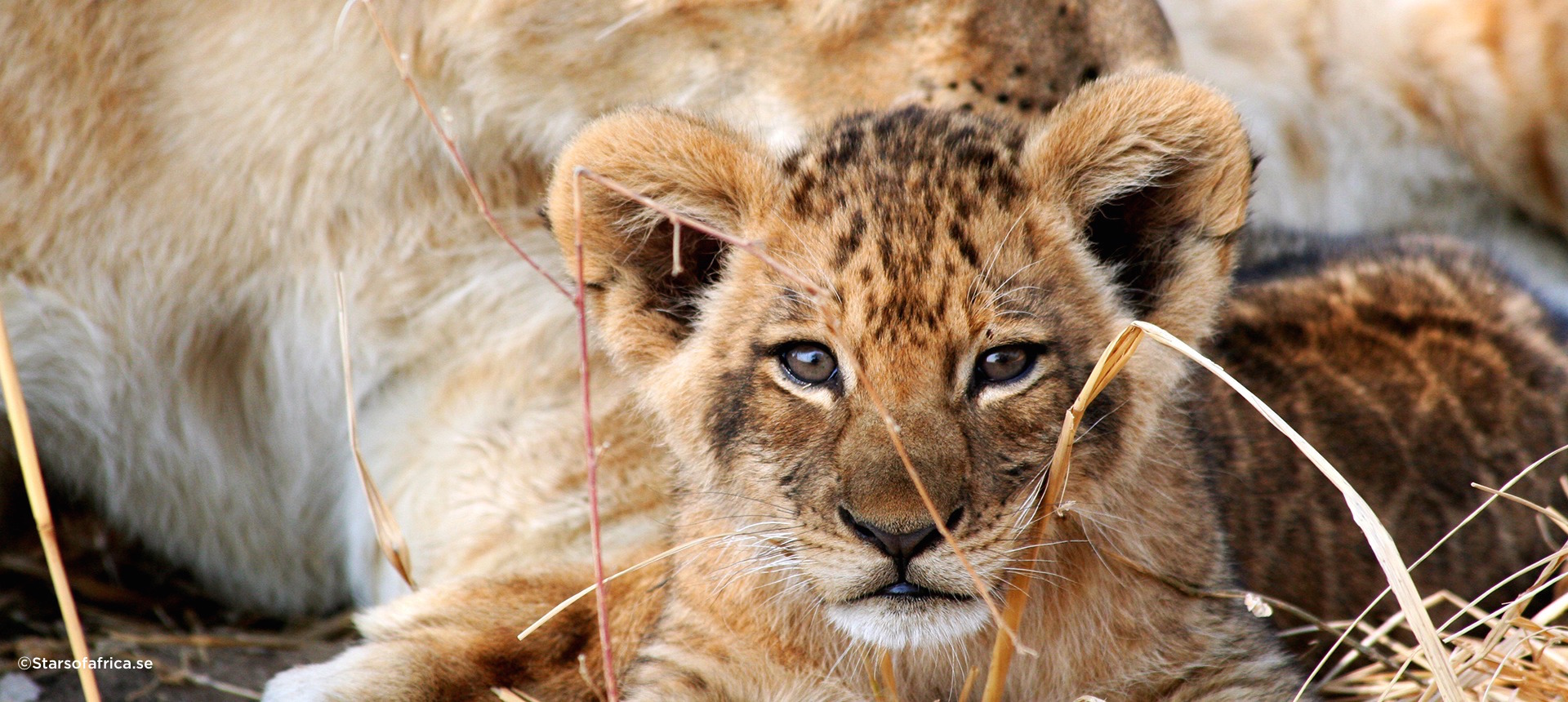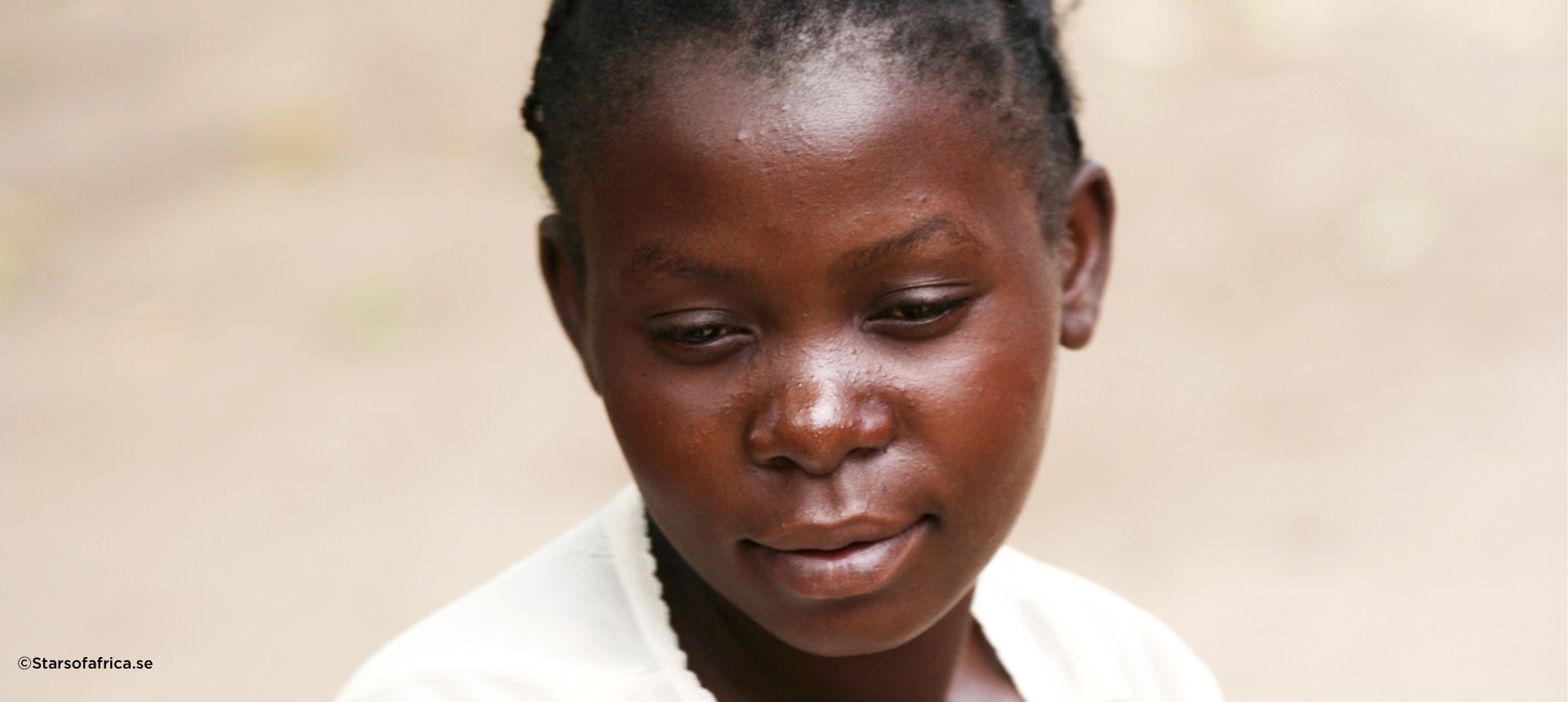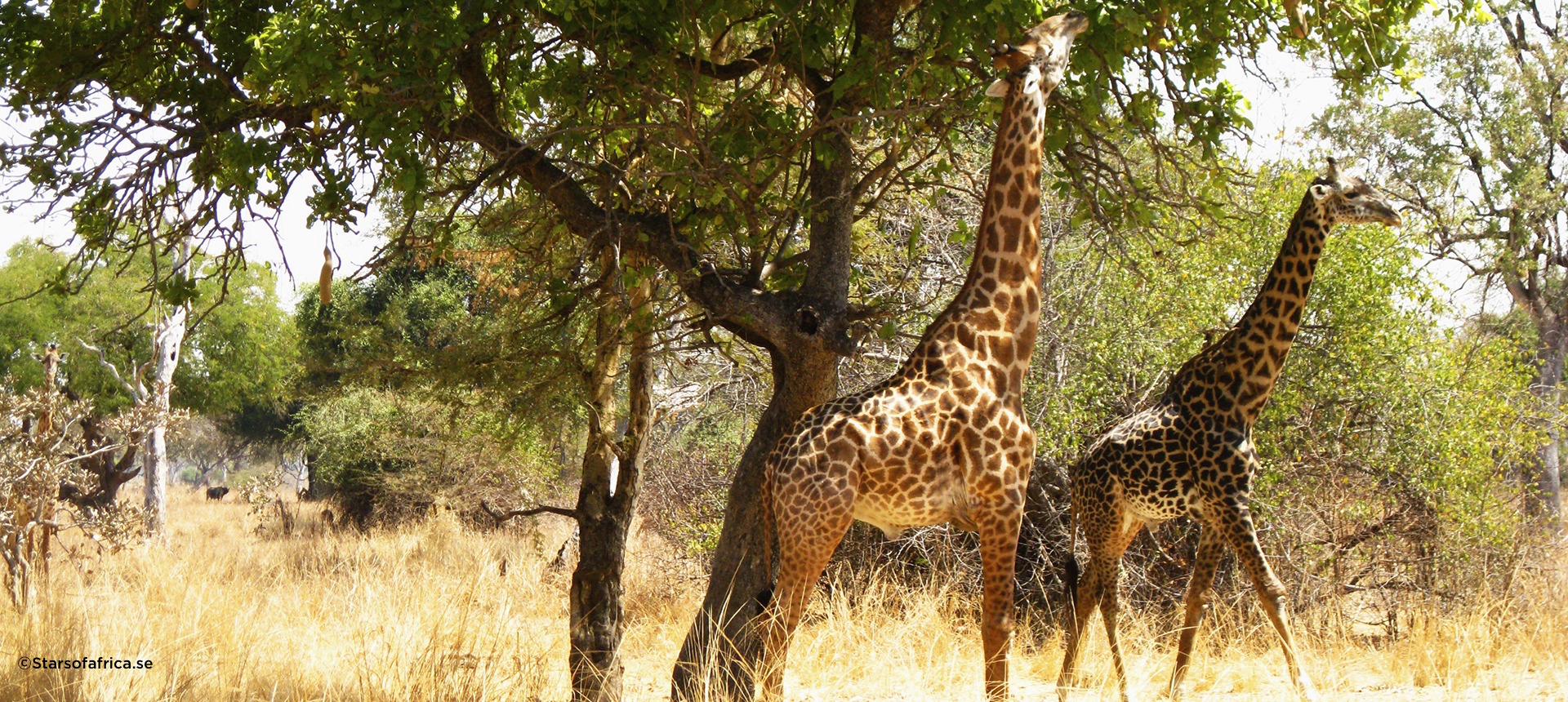ZAMBIA
THE WILD HEART OF AFRICA
We are confident all visitors, will be touched by this stunning and beautiful country, the wild heart of Africa.
Zambia offers some of the most spectacular wildlife and landscapes in the world. It has a fascinating culture and limited visitors. It is a country whose people are recognized for their friendliness and hospitality. There are few places as magical, remote and exciting as Zambia. It still retains its essence of authenticity and incredibly wild beauty, one of the most pristine and unspoiled wildlife havens in Africa.
This land is a peaceful, relatively undiscovered jewel situated in the heart of Southern Africa, with a sparse population of 14 million, comprised of over 70 indigenous tribal groups. It is a landlocked country, but is characterized to a large degree by water, including the three great rivers; The Zambezi, The Luangwa and The Kafue and the vast Lakes Tanganyika, Kariba and Bangweulu.
Zambia, part of the high plateau that forms the backbone of Africa, is world renowned for its walking safaris pioneered by the legendary conservationist, Norman Carr. It has an abundance of wildlife and a significant bird population, and boasts some of the most knowledgeable guides in Africa. The excellent standards of guiding in Zambia and their extensive knowledge of the bush will add significantly to your experience, whether it be on foot, in a vehicle or on the water.
This country is home to some of the most extraordinary and beautiful natural scenery on the continent – gently undulating forest-covered plateau, savannas and marshlands studded with lakes. Zambia is naturally lush and green and easily supports a dense population of a wide variety of wildlife.
Zambia offers the traveler a wide range of beautifully breathtaking safari locations. The lush Luangwa Valley in northeastern Zambia, situated at the end of Africa’s Great Rift Valley, is one of the last unspoiled wildernesses in Africa. The Zambezi River, from which Zambia takes its name, is a prime destination for canoeing safaris, sport fishing, walking safaris, and animal tracking.
Where to stay
SAFARI IN ZAMBIA
With its prolific wildlife and vast areas of untouched wilderness, Zambia is renowned for its pristine National Parks, boasting the largest area of land under the protection of National Parks in Africa.
Zambia is famous for its family owned safari companies that continue to operate small, intimate camps and lodges in some of the most remote and beautiful locations in Africa, providing the opportunity for some magnificent safaris in privacy. Zambia is ideal for enjoying adventurous, yet comfortable safaris – everything from active walking safaris, to driving safaris in open vehicles, day and night, to boating and canoeing safaris along the Zambezi. Thanks to a great degree of foresight by early conservationists like Norman Carr, who pioneered walking and photographic safaris, Zambia finds itself in the enviable position of being at the forefront of ecotourism.
Two of the most stunning parks of Zambia are South Luangwa National Park with its rich riverine woodlands and lagoons and the Lower Zambezi National Park with its beautiful escarpment and wetlands. A combination of these selected world-class destinations is a wilderness experience of a lifetime, offering spectacular opportunities for superb safaris with dedicated guides and amazing wildlife. The country has a natural advantage over more arid regions, which accounts for the sheer volume of big game. Zambia is also a superb birding destination, with 751 species of birds recorded.
SOUTH LUANGWA NATIONAL PARK
The Luangwa Valley marks the end of the Great Rift Valley. It is a vast region of pristine wilderness and home to a rich diversity of wildlife and birds. The valley survives, in large part, as a result of the long and winding Luangwa River, the most intact major river system in Africa.
WILDLIFE SOUTH LUANGWA
It is crowded with large pods of hippos, vast numbers of crocodiles and wading waterfowl. Thornicroft’s giraffe are indigenous to the park as are small herds of Cookson’s wildebeest. The Park boasts an abundance of wildlife; elephants in large herds, lions, hyenas, buffaloes, waterbucks, impalas, kudus, pukus, bushbucks and Crawshay’s zebras. Leopards are frequently spotted, especially during night drives. In all, the Park is home to 60 different animal species and over 400 bird species.
LOWER ZAMBEZI NATIONAL PARK
Downstream from Lake Kariba is Zambia’s newest National Park, the fourth largest in the country and one of the crown jewels of Africa. The Park borders on the Zambezi River with its floodplains fringed with acacia and mopane forests that create dense vegetation for a wide variety of wildlife. Part of the Zambezi escarpment offers a dramatic backdrop to the park, rising to some 1,200 meters above sea level. This park, with is diversity of vegetation and topography, is still wild and relatively untouched. It is as close to an absolute wilderness as one can get.
The Lower Zambezi Valley, seemingly helps tame the mighty Zambezi River as it becomes wide and gentle as it meanders unhurriedly through the valley. The river is home to some of the most spectacular freshwater sports fishing in the world.
Of all of Zambia’s prolific gems, none has more sheer beauty then the Lower Zambezi National Park.
WILDLIFE LOWER ZAMBEZI
Wildlife is abundant with more than 50 animal species recorded, thus game viewing is excellent – whether on a driving safari or from a canoe. Large populations of wildlife congregate on the valley floor as well as on the shores of the river and its tributaries. Visitors frequently see herds in excess of 100 elephants with lion, leopard, buffalo and waterbuck also being very common sightings. There is also a significant diversity of birdlife in the park, with more than 350 species having been recorded.
PHOTOGRAPHY
Experience and photograph some of the most intense concentrations of wildlife in Africa. Stay at luxury safari camps inside remote areas of the South Luangwa and Zambezi National Park offering totally different habitat. There is no way better to experience the full sensory experience the full sensory magnitude of the African bush than on foot in South Luangwa. Walking was pioneered in Zambia and remains one of the few areas where big game walking safaris can be truly enjoyed, and provide unique photographic opportunities. In the Lower Zambezi National Park different and interesting perspectives are provided from the water and make for great photos of wildlife in this environment. The Lower Zambezi is famous for its spectacular canoeing, led by expert guides, this is a unique and magical way of photographing wildlife as one is able to explore the banks of the river where game can be seen from a unique and different angle. Read more under the specific camps and lodges with regards to the unique photo opportunities at each safari camp.
CLIMATE
Zambia is hot all year round, but still has three distinct seasons. June to October is traditionally the best time to visit and travel, but each season has its very own attraction and highlights depending on your individual interests.
December – April
The Emerald Season is hot and wet with midday temperatures of at least
28°C or 82°F. This is a particularly good period for birdwatchers since migrating birds come to and through Zambia at this time of the year. This is also an excellent time for photographers as the dramatic skies and restricted wildlife movements allow for creative photography especially of large animals. Many species of animals give birth to their young as the rains begin. The lush new growth of vegetation means an abundance of food for mothers and babies alike. And all the new vulnerable newborns mean good news for predators, which have their own ravenous young to feed. However, the onset of the rains often makes the remote areas inaccessible and, thus difficult to explore. As a result, many seasonal camps are closed during this period.
May – August
During the cool, dry season, midday temperatures reach around 25°C or 77°F and drop to as low as 8°C or 46°F at night. The water sources tend to recede and the chance of spotting big game improves steadily, with many of the roads in the remote areas being accessible only during this dry spell.
September – November
At this time of year, weather conditions are hot and dry with temperatures rising to as high as 35°C or 97°F. Wildlife is concentrated to a few regions, as water sources begin to dry up. If you can handle the heat, then this is a great time to visit Zambia.







